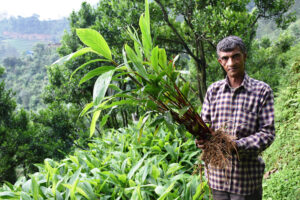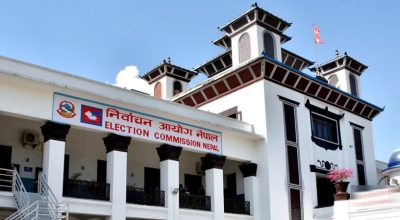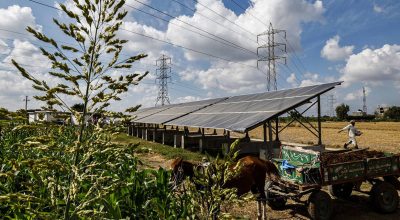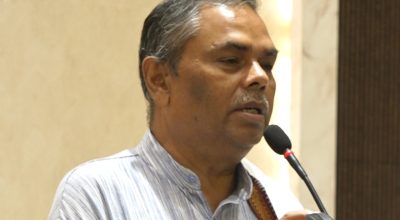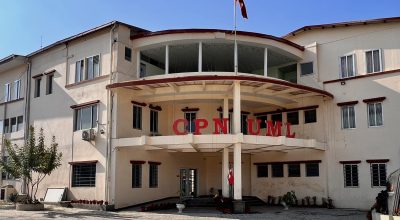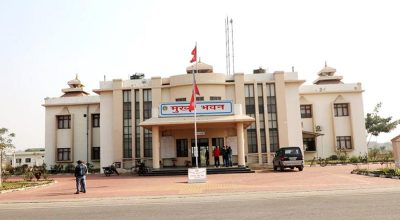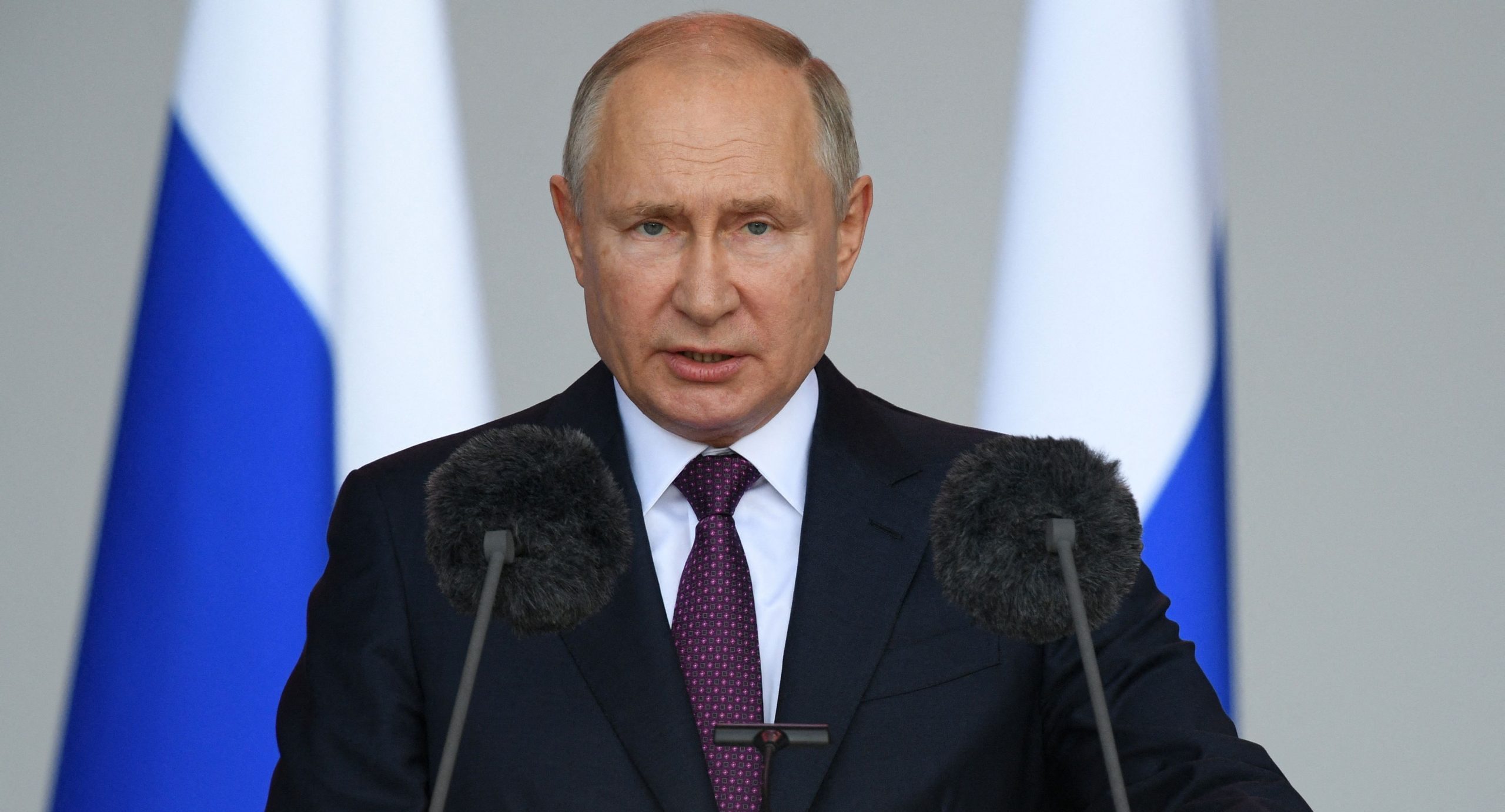
STOCKHOLM – Russian President Vladimir Putin frequently boasts about the strength of his country’s economy, claiming that Western sanctions only made it stronger (while in the same breath demanding that they be lifted). In fact, “stagflation” – inflation combined with minimal growth – is coming to Russia. His war on Ukraine has caused both high and rising prices and labor shortages, because many workers have been mobilized or killed, while many others have fled the country.
Heading into the Central Bank of Russia’s regularly scheduled board meeting in late December, most observers expected monetary authorities to raise the policy rate from 21% to 23%. Yet the CBR kept the rate unchanged, despite an increase in the official annual inflation figure, from 8.4% to 9.5% in the space of two months. It is easy to guess what happened. Just a day before, Putin said he had spoken with CBR Chair Elvira Nabiullina, and it is safe to assume that he told her to leave the policy rate where it is. Any illusion about the CBR’s independence vanished.
For the first time, Putin appears to have listened to Russia’s oligarchs rather than the professional economists overseeing monetary policy. In the last couple of months, numerous top loyalists and businessmen – from Sergei Chemezov of Rostec (defense production) and Igor Sechin of Rosneft (oil) to Alexander Shokin of the Russian Union of Industrialists and Entrepreneurs – have bitterly complained that high interest rates will drive many companies into bankruptcy.
These warnings are not unfounded. Since the Russian government ended mortgage subsidies last July, sales of newly built properties have plummeted by around 50%, pushing Russia’s two biggest real-estate developers, Samolet and PIK, to the brink of insolvency.
Meanwhile, Russia’s official inflation figure becomes less credible by the day. According to the independent research firm ROMIR, the average cost of a Russian basket of fast-moving consumer goods (FMCG), such as food and household chemicals, had risen by 22.1% year on year in September. The company has published no new inflation readings since. It is easy to guess why.
To be sure, the FMCG price index does not reflect overall consumer inflation, since it does not track the prices of durable goods and services, which have risen less sharply compared to food prices. Yet there can be little doubt that the official Russian price index figure is too low. We might not know whether inflation is 12% or 22%, but we can be quite confident that it is higher than 9.5%. Even at Putin’s own highly choreographed annual press conference last month, inflation was the dominant concern.
Russia’s inflation is not overtly caused by fiscal profligacy. On the contrary, the Kremlin has long maintained budget surpluses (though it did register a small budget deficit of around 2% of GDP in 2022 and 2023, and it is likely to do so again in 2024). The Russia expert and former banker Craig Kennedy, however, has recently uncovered evidence that since mid-2022, the Kremlin has been strong-arming Russian banks to lend to war-related businesses on preferential terms. This off-budget financing scheme has contributed to a $415 billion surge in corporate borrowing, boosting inflation and rendering Russia’s finances highly vulnerable.
For a normal country, a budget deficit of 2% of GDP would be of no concern. But Russia is not a normal country. It has been the subject of Western financial sanctions since July 2014, and these have been quite effective at blocking access to international financing. Russia’s total private and public foreign debt has fallen from $729 billion at the end of 2013 to $293 billion at the end of September 2024. Yet nobody – including Chinese state banks – dares to lend it money.
Starved of financing, Russia has raised taxes substantially this year. Abandoning the 13% flat income tax established in 2000, it has introduced a progressive income tax system with rates starting at 15% and rising to 22% for top earners. Meanwhile, the tax rate on corporate profits has increased from 20% to 25%. But since these changes will generate only around 1.4% of GDP more in state revenues, the rest of the deficit must be financed with domestic bonds whose interest rates have already skyrocketed, doubling the cost of debt service as a share of total expenditure since 2019.
Russia thus remains dependent on a single source of financing: the National Wealth Fund, whose liquid reserves have fallen from $117 billion in 2021 to $31 billion at the end of November. That is only enough to finance three-quarters of the budget deficit in 2025.
Western financial sanctions have also weighed on the ruble, which has sunk from 34 to the dollar in 2013 to 103 today. This, too, aggravates inflation, because the central bank no longer has the reserves to defend the exchange rate (by spending dollars to buy rubles).
Though Russia has stopped publishing most of its foreign-trade statistics, the Bank of Finland Institute for Emerging Economics (whose scientific council I chair) estimates that its total exports plummeted by 28% (to $425 billion) from 2022 to 2023. Most likely, they remained at the same level in 2024, because Western energy sanctions had not been significantly tightened, although the outgoing Biden administration did so on January 10.
At the same time, tighter Western technology sanctions have had devastating effects on Russian manufacturing. Of the 108 airliners Russia planned to build since 2022, only seven have been completed. Dire conditions in the civilian sector presumably extend to the armaments sector, which is largely monopolized by Chemezov’s corrupt Rostec.
Strained by these factors, the Russian economy is approaching its moment of truth. Inflation will continue to rise in 2025, and people will get even angrier over higher food prices. Major bankruptcies are looming, and the Russian state cannot afford large bailouts. Business leaders are fiercely objecting to high interest rates, and the shortage of labor – and soldiers – is reaching a crisis stage.
The most critical shortage, however, is budget financing, as Russia’s last liquid reserves are likely to run out in the fall of 2025. Budget cuts will then become necessary. In the meantime, the war economy might also require price controls and rationing – the old Soviet sins. As the risk of a financial crash rises, Russia’s imperiled economy is about to pose serious constraints on Putin’s war.
Anders Åslund is the author of Russia’s Crony Capitalism: The Path from Market Economy to Kleptocracy (Yale University Press, 2019).





